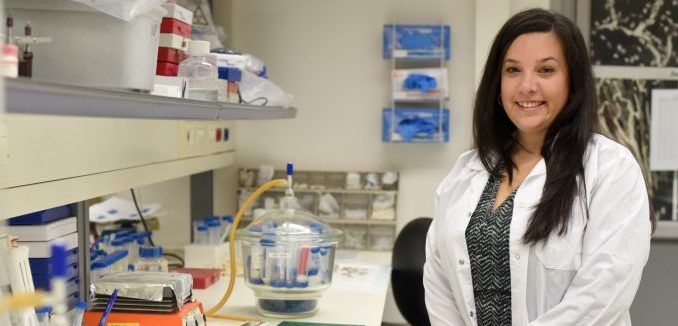Skin grafts are modern medicine miracles, saving the lives of people suffering from severe tissue damage. Unfortunately, they are also complicated to perform and carry the risk of infection, rejection and a whole lot of pain.
This is why tissue engineering was invented. Instead of using the patient’s own skin or the skin of others, lab-grown tissue is used to replace or regenerate the damaged area. This too is a very complicated process, but one that research students from the Technion-Israel Institute of Technology have just helped make a little simpler.
Engineered tissue combines cells from the patient’s body with scaffold biomaterials that act as 3D templates to guide its growth. For the tissue to be transplantable, it needs to have blood vessels created to bring in oxygen and nutrients. However, the vascularization process can lead to thrombosis (clotting or coagulation) in the graft tissue.
Shahar Ben-Shaul, a biomedical engineering doctoral student at the Technion, set out to study whether transplanting more mature engineered vessels to integrate with the patient’s tissues could speed up the process without causing thrombosis in the grafts.
She and her team cultured cells on 3D scaffolds for one, seven and 14 days to form vessels of different ages. They discovered that the more mature cells were indeed more successful in connecting blood vessels more quickly without clotting.
Their findings were recently published in Proceedings of the US National Academy of Sciences. The study was carried out in mice, and Ben-Shaul hopes to conduct more preclinical studies that could lead to its implementation in humans.
(via Israel21c)
[Photo: Israel21c ]




